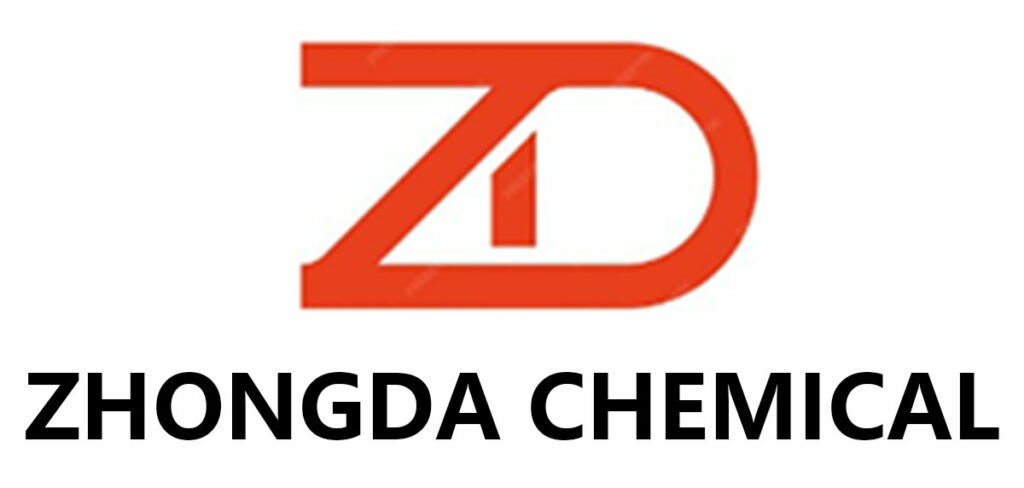Structure:
| Ausgesinn | Colorless to slightly light yellow liquid |
| Formel | C8H19PO4 |
| CAS Nr. | 107-66-4 |
| EC Nr. | 203-509-8 |
| HS CODE | 2919900090 |
| Content (%) | ≥97 |
| Dicht (20 ℃) g/ml | 1.055-1.061 |
| Acid Value(mgKOH/g) | 259-267 |
| Water(H2O)% | ≤0.3 |
| Synonyme | Dibutyl hydrogen phosphate ; Di-n-butyl phosphate;
Dibutylphosphate; |
Dibutylphosphat (DBP) is an organic compound . It is a clear,
colorless liquid that is soluble in organic solvents like ethanol
and ether.
1. Solvent: Dibutyl phosphate is used as a solvent in different applications,
including extraction processes, industrial cleaning, and as a reaction
medium in various chemical reactions.
2. Plasticizer: Dibutyl phosphate acts as a plasticizer, which means it
is added to plastics and resins to improve their flexibility, durability,
and processing characteristics. It helps to enhance the flow and
workability of the materials during manufacturing processes.
3. Flame Retardant: Dibutyl phosphate is used as a flame retardant additive
in plastics, coatings, and textiles. It helps to reduce the flammability
and improve the fire resistance properties of these materials.
4. Extraction Agent: Dibutyl phosphate is used as an extraction agent in
various processes, such as the separation and purification of metals, particularly
uranium. It effectively extracts uranium from ores and solutions during
the uranium mining and nuclear fuel production industries.
Package: Once the DBP has been produced and refined, it is packaged into
suitable containers, such as Plastic Barrels or IBC drum.
Stockage: If stored correctly and kept in the original sealed container, the product
has a shelf life of at least 24 months. Stainless steel and glass equipment
components as well as plastics such as polyethylene and polytetrafluoroethylene (PTFE)
have proven suitable. Materials suitable for sealing are polytetrafluoroethylene (PTFE)
and graphite. Ordinary steel is unsuitable because it reacts with dibutyl phosphate,
resulting in the formation of hydrogen.
1. Incoming inspection: D'Haaptrei Matière première, gi fir hiren Inhalt iwwerpréift, appearance and
other main properties.
2. Feeding inspection: The principle of raw material feeding is first-in-first-out, and the appearance
of the main raw materials is randomly inspected according to whether there is a big change in the
storage conditions before feeding.
3. Batch sampling in the production process: Während der Produktioun Prozess, the main indexes of
each batch of products: Inhalt an sauerem Wäert gëtt dräimol a verschiddenen Zäitperioden iwwerpréift.
4. Storage Inspection: All Batch (10 tonnen) gëtt virum Lagerung iwwerpréift.
5. Outbound inspection: No der Quantitéit vun de Clienten gefuerdert, the products will be
sampled and inspected.
6. Pre-shipment inspection: According to customer’s requirement, third party inspection can be
carried out on the products before shipment.
Physical Appearance: Visual inspection
Purity Analysis: Gas chromatography (GC)
Acid Value: Potentiometric titration
Water Content: Moisture analyzers
Refractive Index: Refractometer
Density: Density meter

D'Firma verfollegt d'Konzept vun “kontinuéierlech Innovatioun, der Verfollegung vun éischt Klass”, an ass gewëllt auslännesch an auslännesch Clienten mat héichwäerteg Produkter an zefriddestellend Service ze bidden.